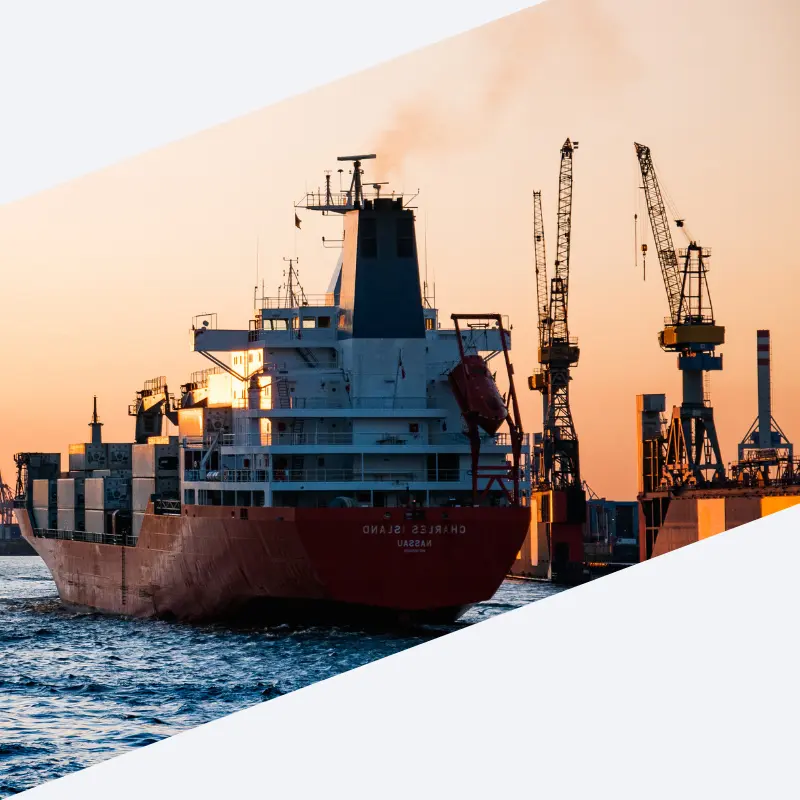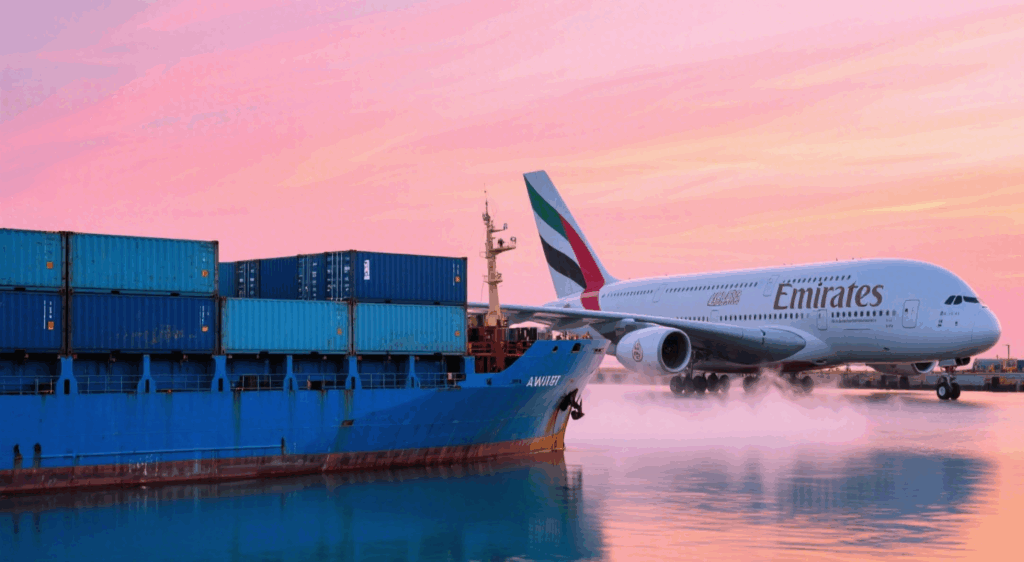- By Della tj
- September 29, 2025
- Sea Freight, Shipping
Shipping goods through China to Philippines sea freight is one of the most popular trade routes in Asia, supporting electronics, textiles, furniture, and raw materials. Although sea freight is affordable and efficient for bulk cargo, importers must navigate customs clearance, transit time, and cost fluctuations. This guide explains everything you need to know.
What Is China to Philippines Sea Freight?
Sea freight is the transportation of goods by container vessels across international waters. From Shenzhen or Shanghai to Manila, Cebu, or Davao, ships carry thousands of tons of cargo daily.
Additionally, freight forwarders manage vessel bookings, container consolidation, customs paperwork, and inland delivery, allowing importers to save time and reduce costs. Without a doubt, sea freight remains the backbone of trade between China and the Philippines.
How Much Does Sea Freight from China to the Philippines Cost?
Sea freight charges depend on cargo size, container type, and shipping season.
| Shipping Type | Average Cost (USD) | Transit Time | Best For | Pros | Cons |
|---|---|---|---|---|---|
| FCL 20GP | $1,200 – $1,800 | 10–15 days | Bulk cargo | Cheapest per unit | Requires large volume |
| FCL 40HQ | $2,200 – $3,000 | 10–15 days | Heavy goods | Economical for bulk | Longer lead time |
| LCL (per CBM) | $80 – $120 | 12–18 days | Small shipments | Shared cost | Delays from consolidation |
Moreover, prices rise during peak holiday seasons when container demand outpaces supply.

Which Shipping Routes Connect China and the Philippines?
The most common sea freight routes include:
- Shanghai → Manila (electronics, machinery).
- Shenzhen/Yantian → Cebu (furniture, appliances).
- Ningbo → Davao (textiles, raw materials).
As a result, importers can select routes based on origin factory location and Philippine destination port.
What Documents Are Required for China to Philippines Sea Freight?
Proper paperwork avoids customs penalties.
| Document | Function |
|---|---|
| Bill of Lading | Confirms shipment details |
| Commercial Invoice | Declares value of goods |
| Packing List | Itemized description of cargo |
| Certificate of Origin | Identifies manufacturing country |
| Import Permit | Required for restricted products |
| HS Code Declaration | Basis for customs duties |
In addition, Philippine customs may require insurance and quarantine certificates for agricultural goods.
Case Studies: Real Shipping Examples from China to Philippines
Case 1: Shanghai → Manila (Electronics)
- Cargo: 20GP container with 18 tons of laptops
- Cost: $1,500
- Transit Time: 13 days
- Mode: FCL
- Result: Delivered in time for retail promotions.
Case 2: Ningbo → Cebu (Textiles)
- Cargo: 10 CBM clothing fabrics
- Cost: $1,000 ($100/CBM)
- Transit Time: 15 days
- Mode: LCL
- Result: Reduced cost through consolidation.
How Long Does Sea Freight from China to Philippines Take?
Transit times depend on origin port and vessel schedule.
| Origin Port | Destination Port | Transit Time (Days) |
|---|---|---|
| Shanghai | Manila | 10–13 |
| Ningbo | Cebu | 12–15 |
| Shenzhen | Davao | 13–16 |
Although delays can occur, most shipments arrive within two weeks under normal conditions.
Should You Choose Sea Freight or Air Freight?
| Mode | Best For | Cost | Transit Time | Pros | Cons |
|---|---|---|---|---|---|
| Sea Freight | Bulk, non-urgent | Low | 10–18 days | Economical | Slower |
| Air Freight | Urgent cargo | High | 3–6 days | Fast, reliable | Expensive |

Accordingly, businesses often combine sea freight for bulk imports and air freight for urgent goods.
What Challenges Affect China to Philippines Sea Freight?
- Port congestion in Manila during peak months.
- Container shortages during global shipping crises.
- Incorrect HS codes leading to customs delays.
- Weather disruptions such as typhoons in the South China Sea.
- Rising fuel surcharges impacting freight costs.
Nevertheless, working with experienced forwarders minimizes risks and ensures compliance.
How to Select the Best Freight Forwarder for This Route?
When evaluating providers, consider:
- Experience in China–Philippines trade.
- Carrier Partnerships with major shipping lines.
- Transparent Pricing without hidden surcharges.
- Customs Expertise for smooth clearance.
- Support Services such as warehousing and last-mile delivery.
Therefore, choosing wisely saves both time and money.
Can Freight Forwarders Help with Customs Clearance in the Philippines?
Yes. Freight forwarders assist with:
- HS code classification.
- Duty and tax calculation.
- Quarantine inspections.
- Document submission.
- Delivery to warehouse after clearance.
Consequently, importers avoid costly mistakes and delays.
Conclusion
Choosing China to Philippines sea freight ensures cost-effective logistics for bulk cargo. To summarize, sea freight offers lower per-unit shipping rates, reliable transit schedules, and flexible options for both FCL and LCL shipments. By partnering with an experienced freight forwarder, importers can reduce delays, manage customs requirements, and achieve smooth delivery for their supply chain.
- Consult TJ China Freight Forwarding for the lowest quote. They will provide you with reliable, cost-effective service.
FAQs
Q1.What is the average cost of a 20GP container from China to the Philippines?
A 20GP container costs $1,200–$1,800 depending on port of origin, season, and shipping line availability.
Q2.How long does LCL shipping from China to Philippines take?
LCL cargo usually takes 12–18 days, as consolidation and deconsolidation processes add extra handling time.
Q3.Which Philippine ports handle most sea freight from China?
Manila International Container Port, Cebu Port, and Davao Port handle the majority of imports.
Q4.Can freight forwarders arrange door-to-door delivery from China to Philippines?
Yes, many forwarders provide DDP services covering pickup in China, customs clearance, and warehouse delivery in the Philippines.
Q5.What documents are mandatory for customs clearance in the Philippines?
Commercial invoice, packing list, bill of lading, certificate of origin, and import permit for restricted goods are required.

